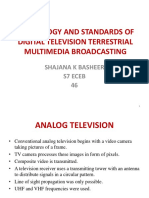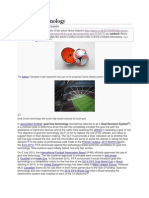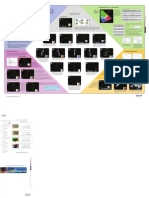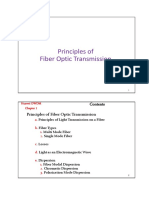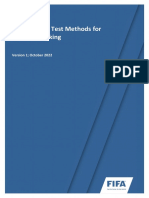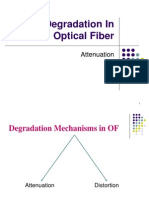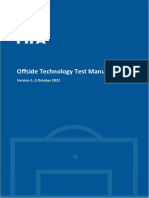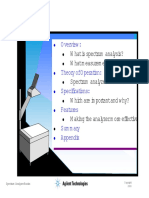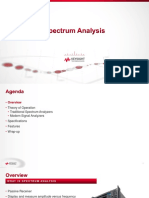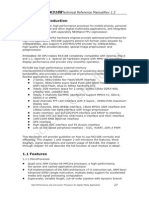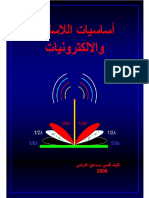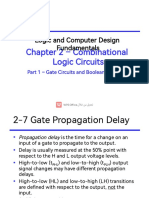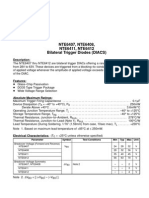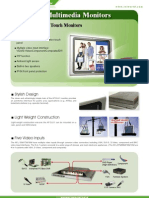100% found this document useful (1 vote)
183 views76 pagesSpectrum Analysis Back To Basic Slides
MRF Spectrum Analyzers
Uploaded by
Viorel AdetuCopyright
© © All Rights Reserved
We take content rights seriously. If you suspect this is your content, claim it here.
Available Formats
Download as PDF, TXT or read online on Scribd
100% found this document useful (1 vote)
183 views76 pagesSpectrum Analysis Back To Basic Slides
MRF Spectrum Analyzers
Uploaded by
Viorel AdetuCopyright
© © All Rights Reserved
We take content rights seriously. If you suspect this is your content, claim it here.
Available Formats
Download as PDF, TXT or read online on Scribd
/ 76










